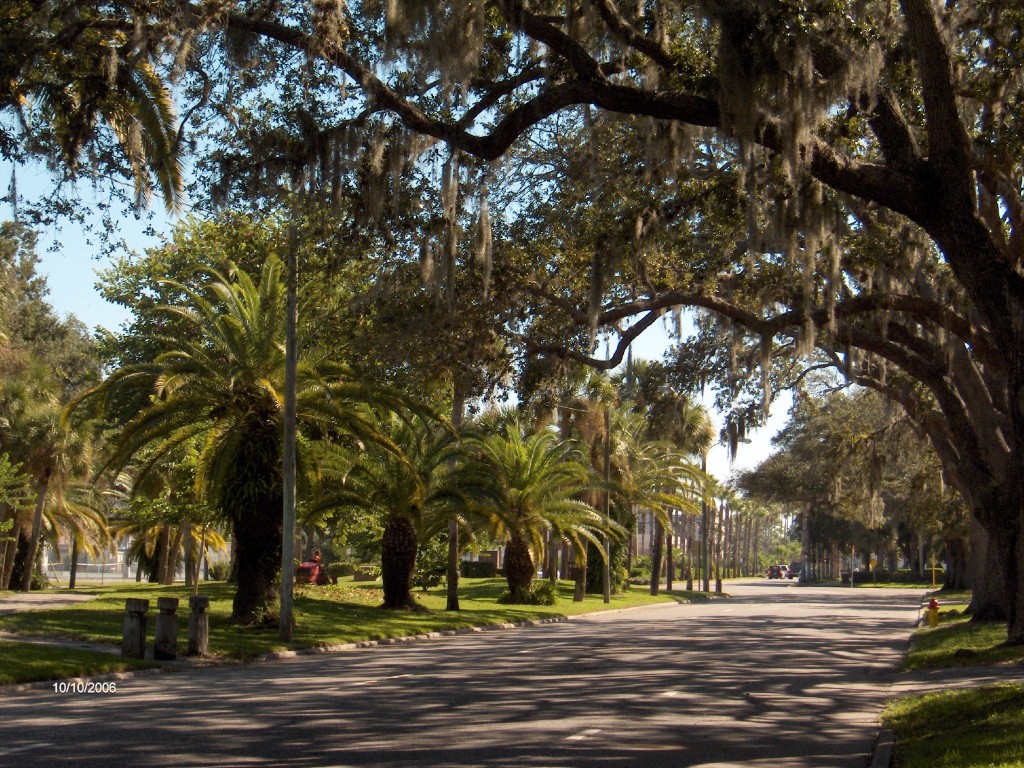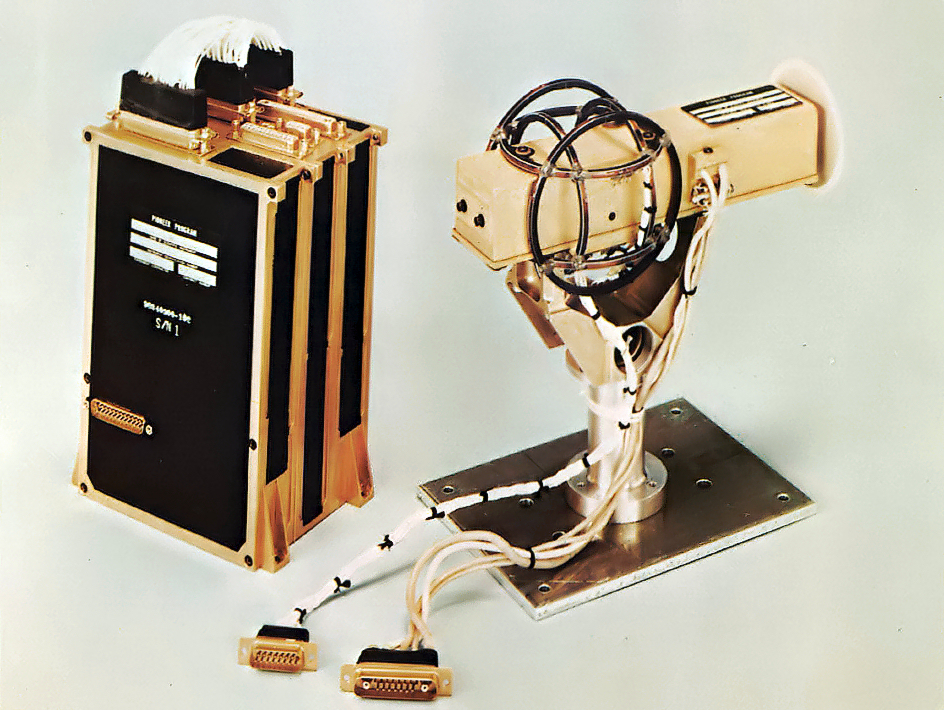|
Manasota Key Offshore
The Manasota Key Offshore (8SO7030) is an archaeological site under of water in the Gulf of Mexico near the southwest coast of Florida. The site contains remains of multiple humans who were buried in a freshwater pond 7,200 years ago. The pond, which was about above sea level at the time, was subsequently covered by the waters of the Gulf as sea levels rose. The site is about from the coast of Manasota Key, near Venice, Florida. The site was found in 2016 by a fossil hunter, who reported possible human remains. Archaeologists examined the site using non-intrusive methods, including magnetometry, sub-bottom profiling and side-scan sonar. The examination of the site revealed multiple burials in clusters. The burials were in what had been a layer of peat at the bottom of a freshwater pond. Wooden stakes were found associated with the burials. The peat had helped preserve the bones and the wooden stakes. Two of the stakes found at the site yielded radiocarbon dates of 7,200 years a ... [...More Info...] [...Related Items...] OR: [Wikipedia] [Google] [Baidu] |
Venice, Florida
Venice is a city in Sarasota County, Florida, United States. The city includes what locals call "Venice Island", a portion of the mainland that is accessed via bridges over the artificially created Intracoastal Waterway. The city is located in Southwest Florida. As of the 2020 Census, the city had a population of 25,463. Venice is part of the North Port–Sarasota–Bradenton metropolitan statistical area. History The area that is now Venice was originally the home of Paleo-Indians, with evidence of their presence dating back to 8200 BCE. As thousands of years passed, and the climate changed and some of the Pleistocene animals that the Indians hunted became extinct, the descendents of the Paleo-Indians found new ways to create stone and bone weapons to cope with their changing environment. These descendents became known as the Archaic peoples. Evidence of their camps along with their stone tools were discovered in parts of Venice. Over several millennia the culture and people ... [...More Info...] [...Related Items...] OR: [Wikipedia] [Google] [Baidu] |
Magnetometer
A magnetometer is a device that measures magnetic field or magnetic dipole moment. Different types of magnetometers measure the direction, strength, or relative change of a magnetic field at a particular location. A compass is one such device, one that measures the direction of an ambient magnetic field, in this case, the Earth's magnetic field. Other magnetometers measure the magnetic dipole moment of a magnetic material such as a ferromagnet, for example by recording the effect of this magnetic dipole on the induced current in a coil. The first magnetometer capable of measuring the absolute magnetic intensity at a point in space was invented by Carl Friedrich Gauss in 1833 and notable developments in the 19th century included the Hall effect, which is still widely used. Magnetometers are widely used for measuring the Earth's magnetic field, in geophysical surveys, to detect magnetic anomalies of various types, and to determine the dipole moment of magnetic materials. In an ... [...More Info...] [...Related Items...] OR: [Wikipedia] [Google] [Baidu] |
Acoustic Seabed Classification
Acoustic seabed classification is the partitioning of a seabed acoustic image into discrete physical entities or classes. This is a particularly active area of development in the field of seabed mapping, marine geophysics, underwater acoustics and benthic habitat mapping. Seabed classification is one route to characterizing the seabed and its habitats. Seabed characterization makes the link between the classified regions and the seabed physical, geological, chemical or biological properties. Acoustic seabed classification is possible using a wide range of acoustic imaging systems including multibeam echosounders, sidescan sonar, single-beam echosounders, interferometric systems and sub-bottom profilers. Seabed classification based on acoustic properties can be divided into two main categories; surficial seabed classification and sub-surface seabed classification. Sub-surface imaging technologies use lower frequency sound to provide higher penetration, whereas surficial imaging ... [...More Info...] [...Related Items...] OR: [Wikipedia] [Google] [Baidu] |
Side-scan Sonar
Side-scan sonar (also sometimes called side scan sonar, sidescan sonar, side imaging sonar, side-imaging sonar and bottom classification sonar) is a category of sonar system that is used to efficiently create an image of large areas of the sea floor. Uses Side-scan sonar may be used to conduct surveys for marine archaeology; in conjunction with seafloor samples it is able to provide an understanding of the differences in material and texture type of the seabed. Side-scan sonar imagery is also a commonly used tool to detect debris items and other obstructions on the seafloor that may be hazardous to shipping or to seafloor installations by the oil and gas industry. In addition, the status of pipelines and cables on the seafloor can be investigated using side-scan sonar. Side-scan data are frequently acquired along with bathymetric soundings and sub-bottom profiler data, thus providing a glimpse of the shallow structure of the seabed. Side-scan sonar is also used for fisheries ... [...More Info...] [...Related Items...] OR: [Wikipedia] [Google] [Baidu] |
Radiocarbon Dating
Radiocarbon dating (also referred to as carbon dating or carbon-14 dating) is a method for determining the age of an object containing organic material by using the properties of radiocarbon, a radioactive isotope of carbon. The method was developed in the late 1940s at the University of Chicago by Willard Libby. It is based on the fact that radiocarbon () is constantly being created in the Earth's atmosphere by the interaction of cosmic rays with atmospheric nitrogen. The resulting combines with atmospheric oxygen to form radioactive carbon dioxide, which is incorporated into plants by photosynthesis; animals then acquire by eating the plants. When the animal or plant dies, it stops exchanging carbon with its environment, and thereafter the amount of it contains begins to decrease as the undergoes radioactive decay. Measuring the amount of in a sample from a dead plant or animal, such as a piece of wood or a fragment of bone, provides information that can be used to ... [...More Info...] [...Related Items...] OR: [Wikipedia] [Google] [Baidu] |
Archaic Period (North America)
In the classification of the archaeological cultures of North America, the Archaic period in North America, taken to last from around 8000 to 1000 BC in the sequence of North American pre-Columbian cultural stages, is a period defined by the ''archaic stage'' of cultural development. The Archaic stage is characterized by subsistence economies supported through the exploitation of nuts, seeds, and shellfish. As its ending is defined by the adoption of sedentary farming, this date can vary significantly across the Americas. The rest of the Americas also have an Archaic Period. Classifications This classification system was first proposed by Gordon Willey and Philip Phillips in the widely accepted 1958 book ''Method and Theory in American Archaeology''. In the organization of the system, the Archaic period followed the Lithic stage and is superseded by the Formative stage. # The Lithic stage # The Archaic stage # The Formative stage # The Classic stage # The Post-Classic ... [...More Info...] [...Related Items...] OR: [Wikipedia] [Google] [Baidu] |
Windover Archeological Site
The Windover Archeological Site is a Middle Archaic ( 6000 to 5000 BC) archaeological site and National Historic Landmark in Brevard County near Titusville, Florida, United States, on the central east coast of the state. Windover is a muck pond where skeletal remains of 168 individuals were found buried in the peat at the bottom of the pond. The skeletons were well preserved because of the characteristics of peat. In addition, remarkably well-preserved brain tissue has been recovered from many skulls from the site. DNA from the brain tissue has been sequenced. The collection of human skeletal remains and artifacts recovered from Windover Pond represent among the largest finds of each type from the Archaic Period. It is considered one of the most important archeological sites ever excavated. The Windover dig site is a small pond, about in area, that has held water continuously since sometime between 9000 and 8000 BC. It is next to the Atlantic coastal ridge about from Cape ... [...More Info...] [...Related Items...] OR: [Wikipedia] [Google] [Baidu] |
Little Salt Spring
Little Salt Spring is an archaeological and paleontological site in North Port, Florida. The site has been owned by the University of Miami since 1980 with research performed there by the university's Rosenstiel School of Marine and Atmospheric Science. It is located directly off Price Boulevard between US 41 and Interstate 75 adjacent to Heron Creek Middle School in the North Port, Florida. History In 2013, the University of Miami began considering selling the site to Sarasota County, Florida, due to funding being cut towards maintaining the site and its facilities. On July 10, 1979, the site was added to the National Register of Historic Places. Little Salt Spring is a feature of the karst topography of Florida, specifically an example of a sinkhole. It is classified as a third magnitude spring. The numerous deep vents at the bottom of the sinkhole feed oxygen-depleted groundwater into it, producing an anoxic environment below a depth of about . This fosters ... [...More Info...] [...Related Items...] OR: [Wikipedia] [Google] [Baidu] |
Archaic Period In North America
In the classification of the archaeological cultures of North America, the Archaic period in North America, taken to last from around 8000 to 1000 BC in the sequence of North American pre-Columbian cultural stages, is a period defined by the ''archaic stage'' of cultural development. The Archaic stage is characterized by subsistence economies supported through the exploitation of nuts, seeds, and shellfish. As its ending is defined by the adoption of sedentary farming, this date can vary significantly across the Americas. The rest of the Americas also have an Archaic Period. Classifications This classification system was first proposed by Gordon Willey and Philip Phillips in the widely accepted 1958 book ''Method and Theory in American Archaeology''. In the organization of the system, the Archaic period followed the Lithic stage and is superseded by the Formative stage. # The Lithic stage # The Archaic stage # The Formative stage # The Classic stage # The Post-Classic sta ... [...More Info...] [...Related Items...] OR: [Wikipedia] [Google] [Baidu] |
Archaeological Sites In Florida
Archaeology or archeology is the scientific study of human activity through the recovery and analysis of material culture. The archaeological record consists of artifacts, architecture, biofacts or ecofacts, sites, and cultural landscapes. Archaeology can be considered both a social science and a branch of the humanities. It is usually considered an independent academic discipline, but may also be classified as part of anthropology (in North America – the four-field approach), history or geography. Archaeologists study human prehistory and history, from the development of the first stone tools at Lomekwi in East Africa 3.3 million years ago up until recent decades. Archaeology is distinct from palaeontology, which is the study of fossil remains. Archaeology is particularly important for learning about prehistoric societies, for which, by definition, there are no written records. Prehistory includes over 99% of the human past, from the Paleolithic until the advent ... [...More Info...] [...Related Items...] OR: [Wikipedia] [Google] [Baidu] |



